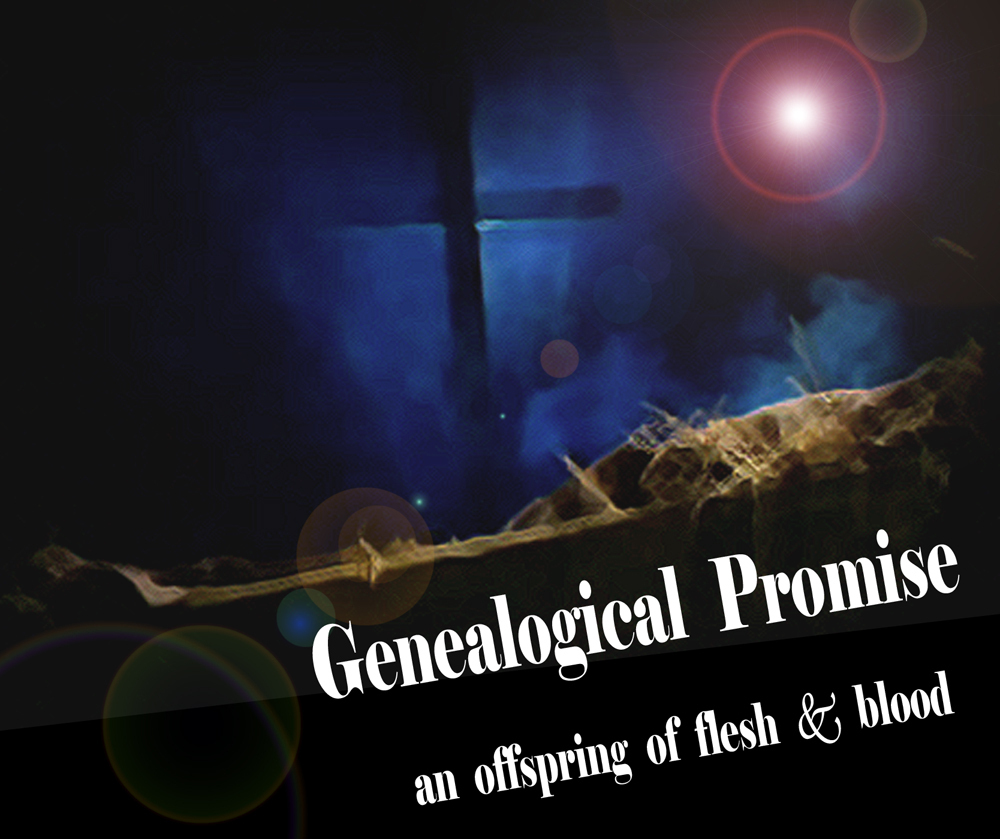
the christmas-family Tree
Matthew 1:1-17
Jacob was the father of Joseph, and Joseph was the husband of Mary, and Mary was the mother of Jesus, who is called the Messiah. Thus, there were fourteen generations in all from Abraham to David, fourteen from David to the exile to Babylon, and fourteen from the exile to... the Messiah. - - Matthew 1:16-17
As we celebrate another Christmas season, it’s common to find ourselves going through Matthew’s narration of the advent in the first chapter of his Gospel. What’s somewhat less common is for us to genuinely appreciate and absorb Matthew’s introduction to that chapter… and for understandable reasons.
The way Matthew opens his account of Jesus’ birth can feel a little like arriving at an extended-family Christmas gathering where, upon stepping through the front door, we’re immediately welcomed by our old, eccentric uncle Matthew, who briskly greets us with an impromptu recitation of our familial ancestry. We respond quizzically, pushing our way politely but firmly past Matthew’s inept greeting as we beat a hasty retreat to the sugar cookies and an open recliner by the Christmas tree... chuckling to ourselves as we see that our poor sister is now desperately trying to avoid the same bizarre welcome we deftly side-stepped.
Admittedly, there are few passages in Scripture that can feel less inspiring to read than a genealogy; ancient lists of mostly unremarkable people with names we find impossible to pronounce all ‘begetting’ a clutch of other unremarkables with names we still can’t pronounce. It all seems to be more a remedy for insomnia than the riveting and soul-satisfying words of God. Matthew’s genealogy, like other biblical genealogies can seem boring and entirely irrelevant to the otherwise glorious narration about the birth of our Savior, and more often than not, we just skip past the whole mess altogether. I'm guessing that the number of Christmas sermons we’ve heard on the first 17 verses of Matthew’s Gospel attests to the fact that we’re likely not alone in our aversion to genealogies. On the surface, there seems to be very little that could ever arouse or encourage us, and we’re left to wonder what the heck Uncle Matthew was even thinking. Why such an inane, monotonous introduction? Why did he so obviously fail to craft an appealing, or even tolerable opening to the greatest story of all time? Did Matthew simply flunk out of ‘Creative Writing 101’?!
Despite offending our modern literary sensibilities, Matthew’s genealogy is actually an introduction sensationally and stirringly tailored to the advent account, as it looks back to the age-old, genealogical traditions of God’s people. Neck-deep in all the sand-filled adversities of wilderness life, penning the book we now know as Genesis, Moses pensively looks back to the beginning of it all, searching for the answer to the circumstance of obvious enmity and hostility in which God’s people found themselves. Moses actually structures Genesis around ten genealogies and as early as the fifth chapter, he begins recording these ancestral lists in response to the question that would continue to haunt the people of God throughout the centuries… “Is this the one?” Year after year, generation after generation, God’s people would look into the eyes of new-born boys with the question, “Could this be the one?" Could this be the one that the Creator promised on that fateful day in Eden? Could this possibly be THE offspring of the woman, the one who will triumphantly strike the head of our enemy… the one who will rescue us from the curse of our sin and fulfill our hope for an end to this broken, afflicted world? (Gen.3:15) Year after year, generation after generation, the answer they received is echoed in Bono’s poignant refrain… "They still hadn’t found what they were looking for.” Throughout time and history the inquiry weighed relentlessly on the mind of God’s people as they looked at one baby boy’s face after another to determine… “Is this the promised One?”
It is in response to God’s greatest promise; it is in response to humanity’s most evocative question, and the unrealized hope that clung to the unyielding, generational search for its answer, that Matthew commences his great advent story with a genealogy... one that gives God’s people the answer they had most eagerly waited to hear, “YES!! Finally… this is THE One!”
With an eye firmly on the ancient messianic anticipation that had echoed throughout genealogical history and with a masterful literary prowess, Matthew introduces the birth of Jesus, appealing to God’s earliest of promises; the promise of hope and restoration, of liberation and victory; the promise of the long-awaited offspring of the woman. Jesus… fully divine, eternal Spirit, Creator and ruler of the cosmos - Jesus, Son of God. But the promise was also charged with an ominous warning of a serpentine heel-strike against the offspring. Jesus, fully human, offspring of the woman, a new-born human knit together by flesh and blood - Jesus, son of Mary. An infant boy with tiny infant hands reaching out in helplessness and neediness; small human hands that would eventually become rough and calloused from years of handling wood and nails and hammers in Joseph’s shop; hands that would ultimately be spread against crude beams and violently pierced through. Indeed, this is Jesus... fulfillment of the most ancient promise, descended from a line of flesh and blood, offspring of Eve, son of Mary. This is Jesus... the Son of God condescended in a body so that a life could be laid down, so that flesh could be broken and blood could be shed for us. Come, let us adore Him.
Since the children have flesh and blood, He too shared in their humanity so that by His death He might break the power of him who holds the power of death - that is the devil. - - Hebrews 12:14
